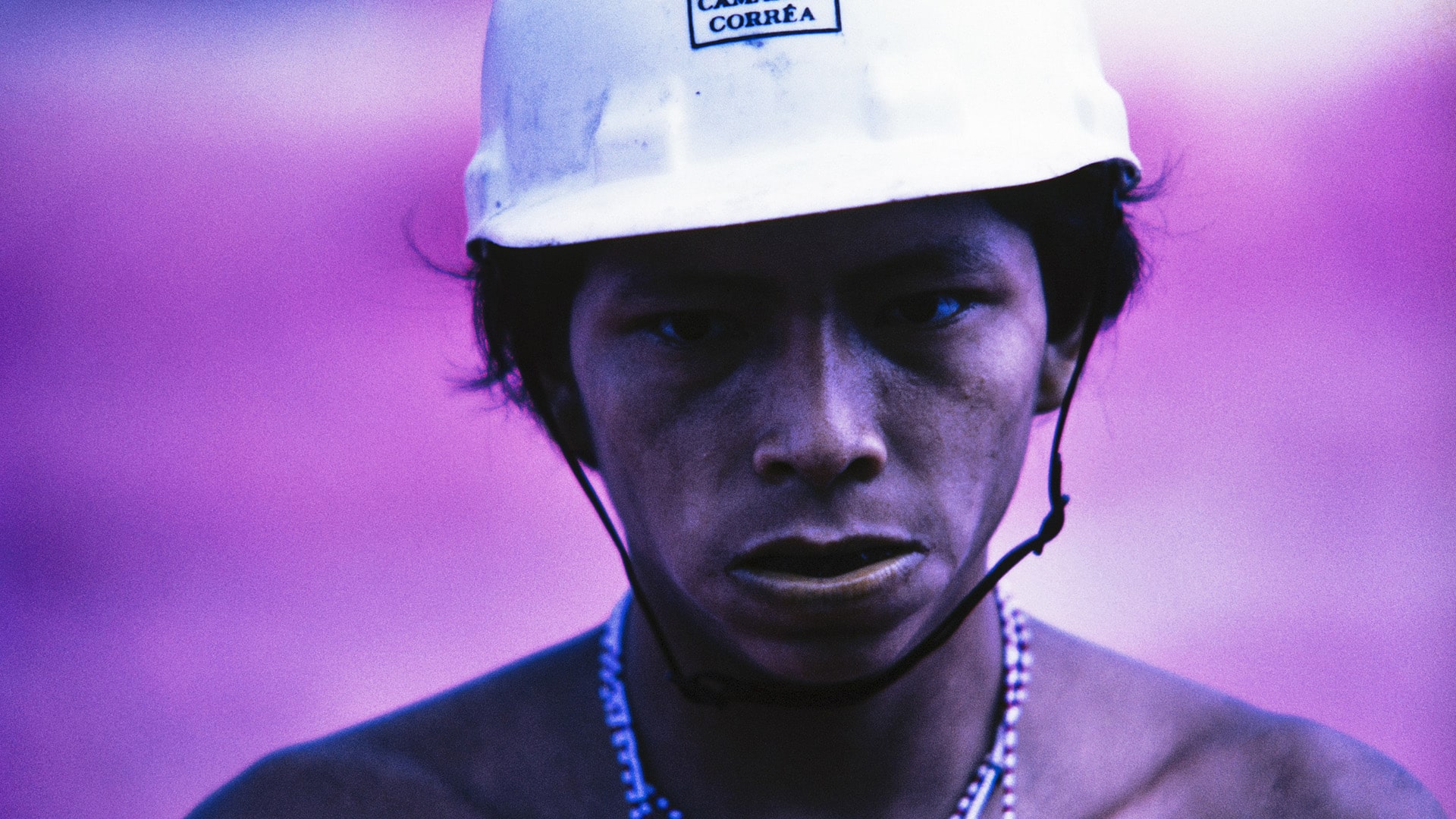
At 88, Claudia Andujar is a warrior. Since the beginning of her career, and still to this day, she has been actively fighting to protect the Yanomami— an indigenous American people living in the Amazon between Venezuela and Brazil. Her recent plea at a conference at the Moreira Salles Institute (IMS) in Rio de Janeiro is a testament to those efforts: “We will carry on the struggle to defend the Yanomami people, together, and with all those who want to join us,” as are the powerful images of her latest exhibition, A Luta Yanomami (The Yanomami Struggle), currently on display at the IMS in Rio de Janeiro and opening next winter at the Fondation Cartier in Paris.
A People Under Threat
Thyago Nogueira, the curator of the exhibition, spent years going through the tens of thousands of photos in the artist’s and activist’s archives to select the ones for the exhibition, which functions as a symbol of resistance against Brazil’s current political and environmental situation.
The exhibit brings together several different periods of the photographer’s career, all of which are connected to the Yanomami people. It is perhaps because of her own tragic past that Claudia Andujar feels a special connection with a people in the process of being exterminated. After she and her mother fled their home in Transylvania (where she watched her paternal family be deported to the Auschwitz concentration camp, where they were subsequently all killed), she arrived in Brazil in 1955. That’s where she first took up photography, for “taking photos was a way to communicate with the Brazilians,” recalls the women who didn’t speak a word of Portuguese when she arrived in the country that later adopted her.

After being in Brazil a few years, she felt the urge to work with an indigenous people, to “get to know them and try to understand the way they live, who they are, and if they are self-sufficient enough to go on living.” In 1971, with the help of an anthropologist friend, she set foot for the first time among the Yanomami, where she ended up staying for long periods of time and forging lasting ties with the community. She realized early on that the Yanomami were a people threatened by extinction. The 1970s and 1980s and the military dictatorship at the time brought about the advent of gold prospectors and plans do “develop” the Amazon, which introduced diseases, violence and pollution to the indigenous peoples and led to the annihilation of entire communities.
Denunciation via photography
Claudia Andujar began to denounce these actions through her photography. This made people uneasy, and in 1977, she was expelled and banned from Yanomami territory. But even from a distance, from her home in Sao Paulo, she continues to fight for the cause, and in particular for official demarcation of Yanomami land so as to protect them from mining and from intensive agriculture and cattle farming.
A Luta Yanomami, curated with the current political situation in Brazil in mind, shows just how urgent it is to reinforce resistance in a country whose government doesn’t appear to care at all about the Amazon forest or the tribes that have lived there for centuries. Claudia Andujar uses a vivid montage of photographs and videos and a resolutely contemporary scenography to show this. Thyago Nogueira emphasizes the photographer’s way of “transforming the journalistic and anthropological aspect into a radically original interpretation of culture, an interpretation made of images.”
Indeed, Claudia Andujar’s activism does not follow a more formal anthropological approach and instead takes on very bold and visual tones. Her technical experiments (use of infrared films, lamps and flashes coupled with long exposure times, etc.) produce aerial views of the Amazonian vegetation in… fuchsia pink, or things like bright arabesques emerging from the obscurity of ritual scenes.

Numbered for their own survival
Lastly, the exhibition includes the piece that is perhaps the most emblematic of the photographer’s career; ‘Marcados’ (marked), whose idea came to her while she was photographing Indians with numbered signs around their neck, used as identification cards during vaccination campaigns. The parallel with the story of her own family became obvious to the photographer, as she was truck by the reversal of the situation: while her family members had been processed and numbered in order to die, the families she was photographing had been given numbers in order that they may live.


By Elsa Leydier
Claudia Andujar, A Luta Yanomami
July 20 – November 10, 2019
Instituto Moreira Salles Rua Marquês de São Vicente, 476. Gávea, Rio de Janeiro/RJ
Brazil
Claudia Andujar, La Lutte Yanomami
December 12 – May 10, 2020
Fondation Cartier 261 Boulevard Raspail 75014


